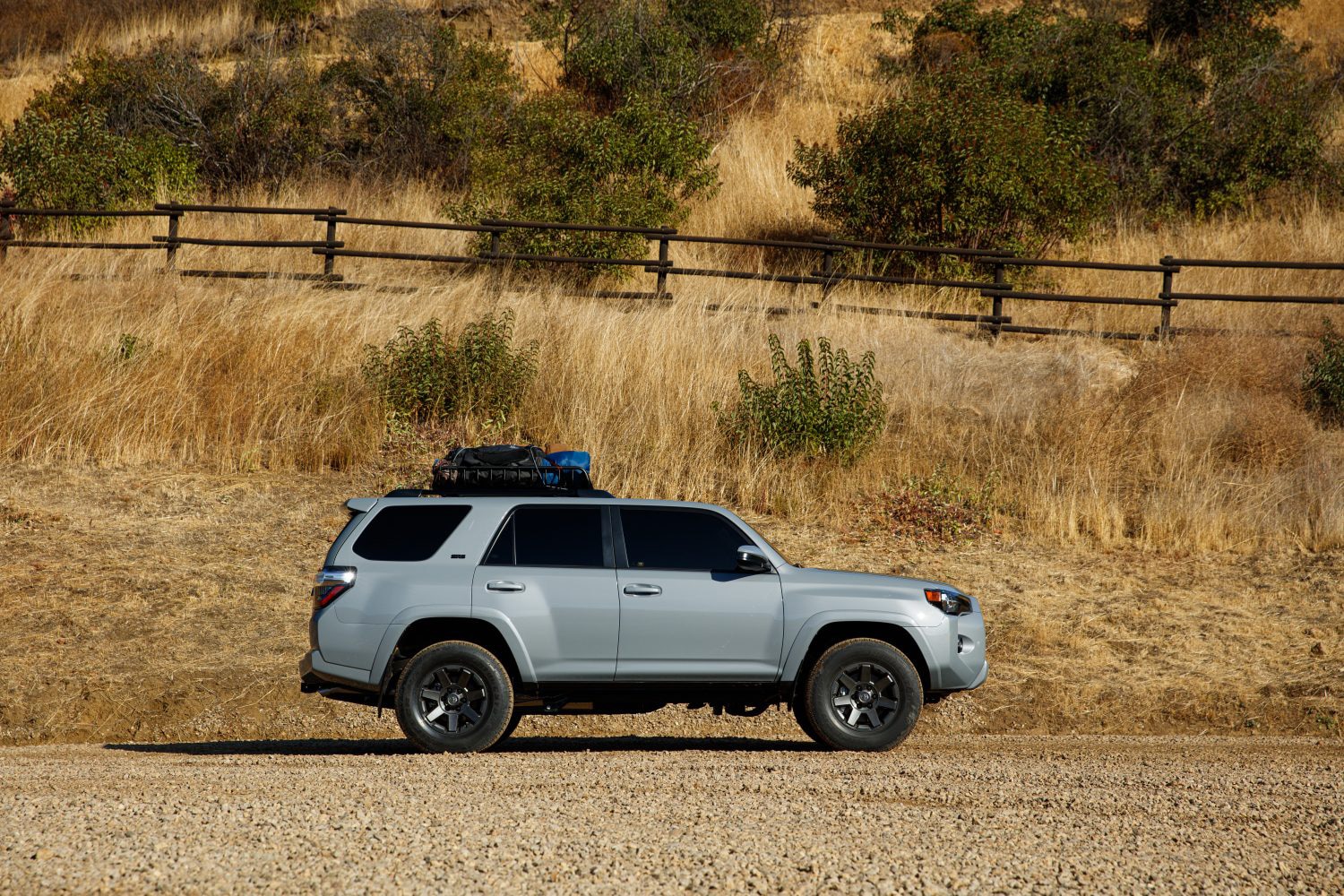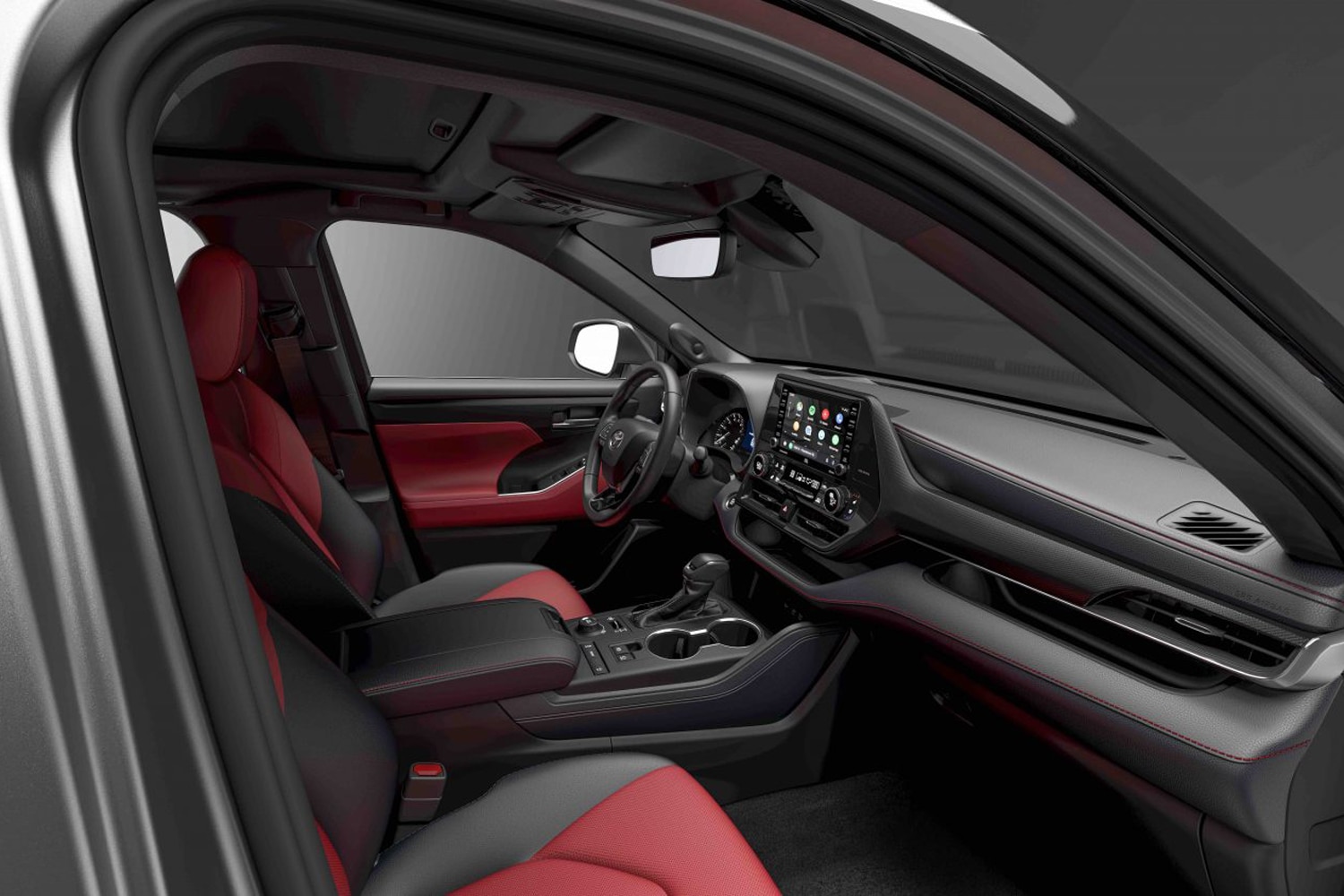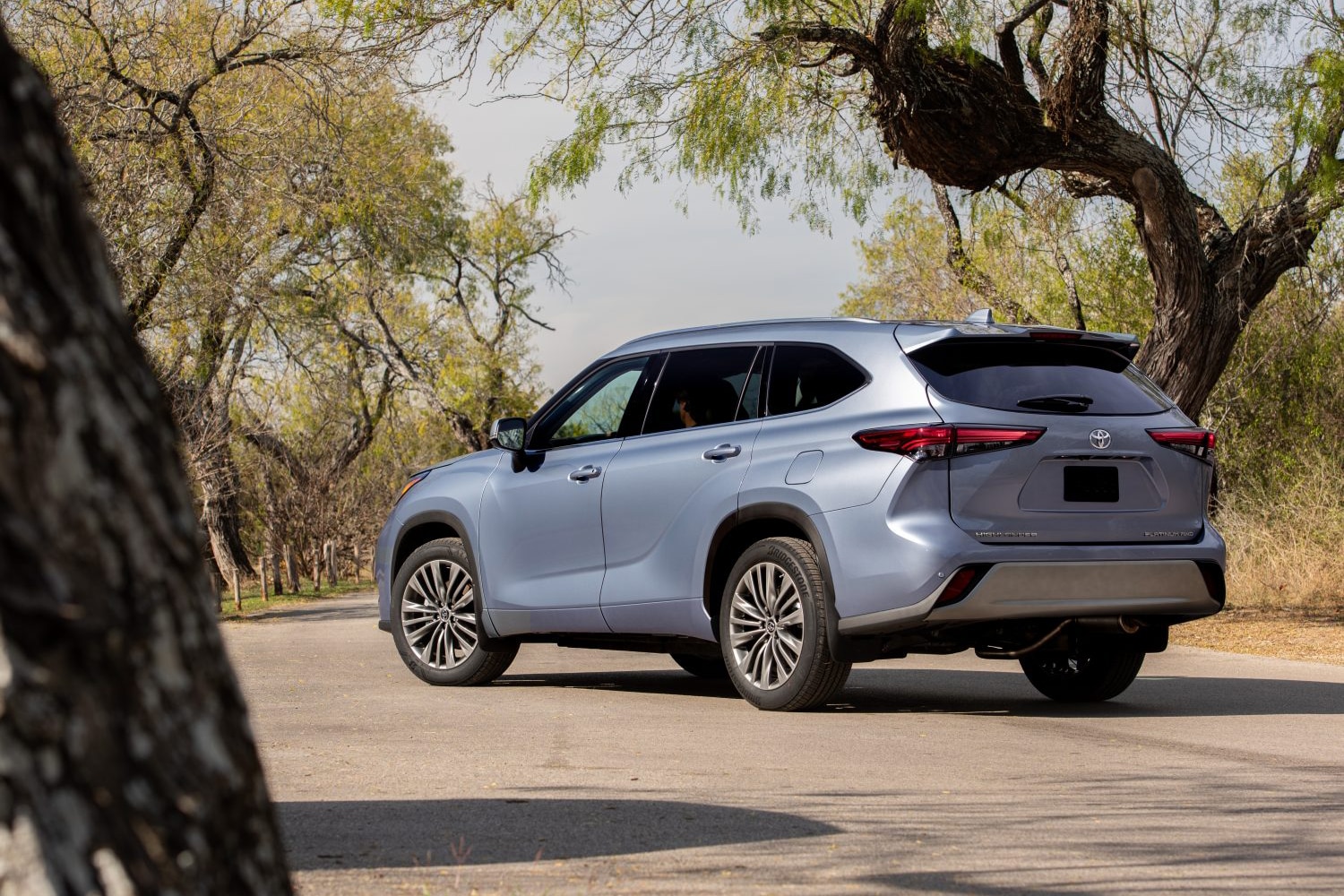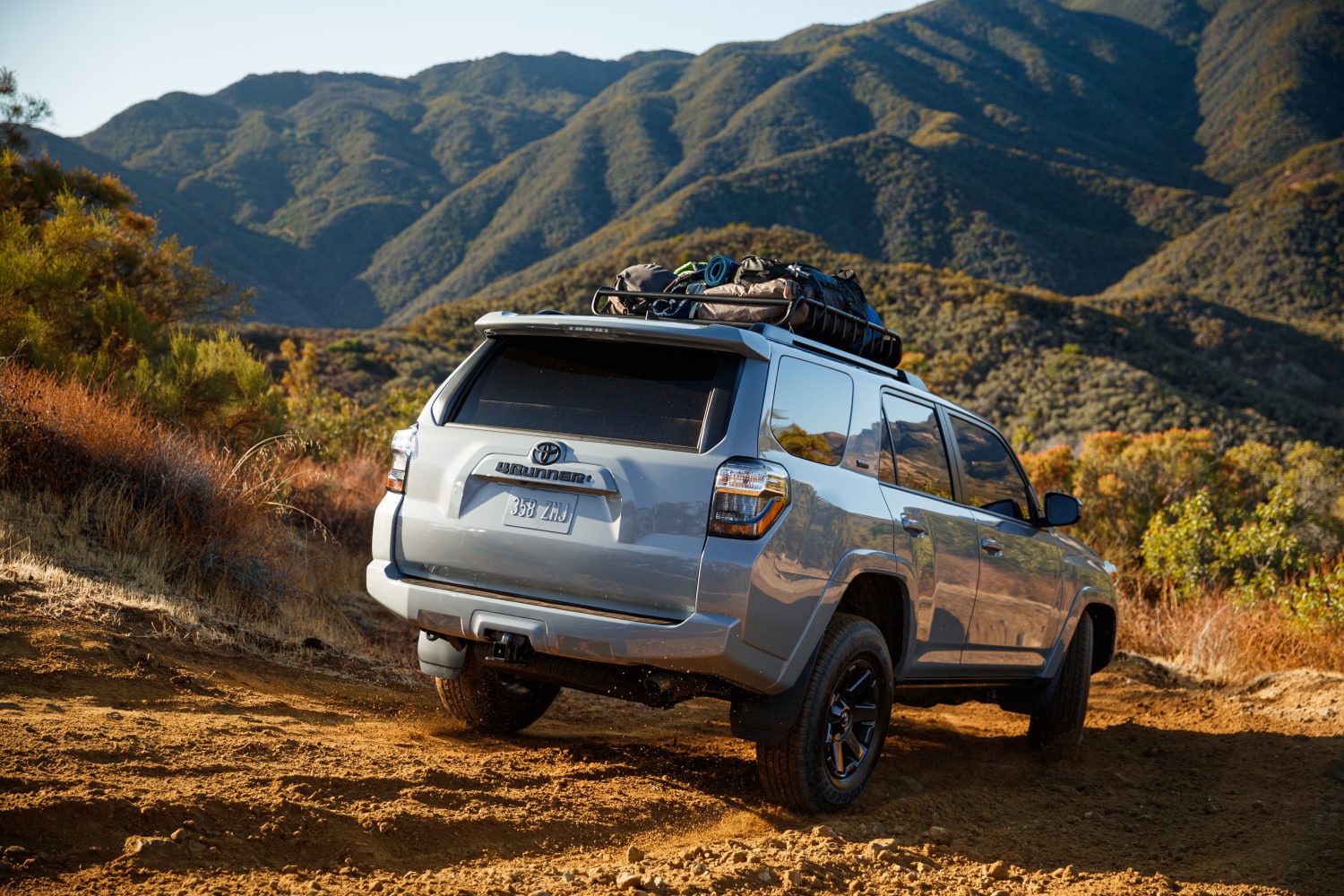Compared: 2022 Toyota Highlander vs. 2022 Toyota 4Runner
Though similar in most dimensions, these two Toyota SUVs target different buyers.
 Toyota
Toyota
Article QuickTakes
In both the Highlander and 4Runner, Toyota offers two- and four-wheel-drive models, V6 engines that make similar horsepower, and three rows of seats. But the 4Runner is more of a traditional truck-based SUV, while the Highlander is a car-based crossover.
 Toyota Highlander
Toyota Highlander
Toyota Highlander vs. Toyota 4Runner: Price
The Highlander lineup has several trim levels (L, LE, XLE, XSE, Bronze Edition, Limited, and Platinum), most of which offer a choice between a 295-hp V6 and a 243-hp, hybridized four-cylinder engine. Each is available with either front- or all-wheel drive, resulting in starting prices ranging from $36,620 for the base front-drive L to $52,175 for a Hybrid Platinum with four powered wheels.
 Toyota 4Runner
Toyota 4Runner
The 4Runner, powered exclusively by a 270-hp V6, has eight trim levels: The SR5, TRD Sport, Trail Special Edition, SR5 Premium, and Limited are available with two- or four-wheel drive, and all the Toyota Racing Development models (TRD Off-Road, TRD Off-Road Premium, and TRD Pro) are 4x4 only. The base model opens at $38,820, and the top-dog TRD Pro starts at $53,635.
 Toyota Highlander
Toyota Highlander
Toyota Highlander vs. Toyota 4Runner: Interior
Both SUVs feature a 4.2-inch display in their instrument clusters, but midrange-and-higher trims of the Highlander get a 7.0-inch unit. The Highlander also offers a 12.3-inch infotainment screen in the top two trims, far surpassing the 8.0-incher that comes standard on both of these Toyotas.
Those wanting leather-trimmed seats on the 4Runner must select the luxury-oriented Limited model, whereas Highlander shoppers have three options: the XSE, Limited, and Platinum. While both vehicles have a pre-collision system with pedestrian detection, as well as lane-departure alert, automatic high-beams, and adaptive cruise control, the Highlander also has a slight advantage in the driver-tech department, with newer features like lane centering and road sign assist that are unavailable on the 4Runner.
 Toyota 4Runner
Toyota 4Runner
Then there’s the matter of seating. Every Highlander comes with a third row, which is optional on the 4Runner. Adding one to the truck-based SUV cuts cargo space down to nine cubic feet—much smaller than the Highlander’s 16-cube hold. Fold that row down, though, and the margin narrows, with the Highlander offering 48 cubic feet to the 4Runner’s 46. In terms of passenger space, the Highlander is far more generous with between 136 and 141 cubic feet of room (depending on the presence of a sunroof), whereas the 4Runner provides just 97 cubic feet for people in two-row configurations and 128 with the optional third row.
 Toyota Highlander
Toyota Highlander
Toyota Highlander vs. Toyota 4Runner: Fuel Economy
When equipped with the V6 and eight-speed automatic transmission, the Highlander returns up to 21 mpg in the city and 29 mpg on the highway. Those with the optional hybrid and continuously variable transmission return up to 36 mpg city and 35 highway.
 Toyota 4Runner
Toyota 4Runner
Unsurprisingly, the 4Runner doesn’t perform as well, in large part due to its five-speed automatic and roughly 300 pounds of additional weight. It sees 16 mpg in the city and 19 on the highway.



